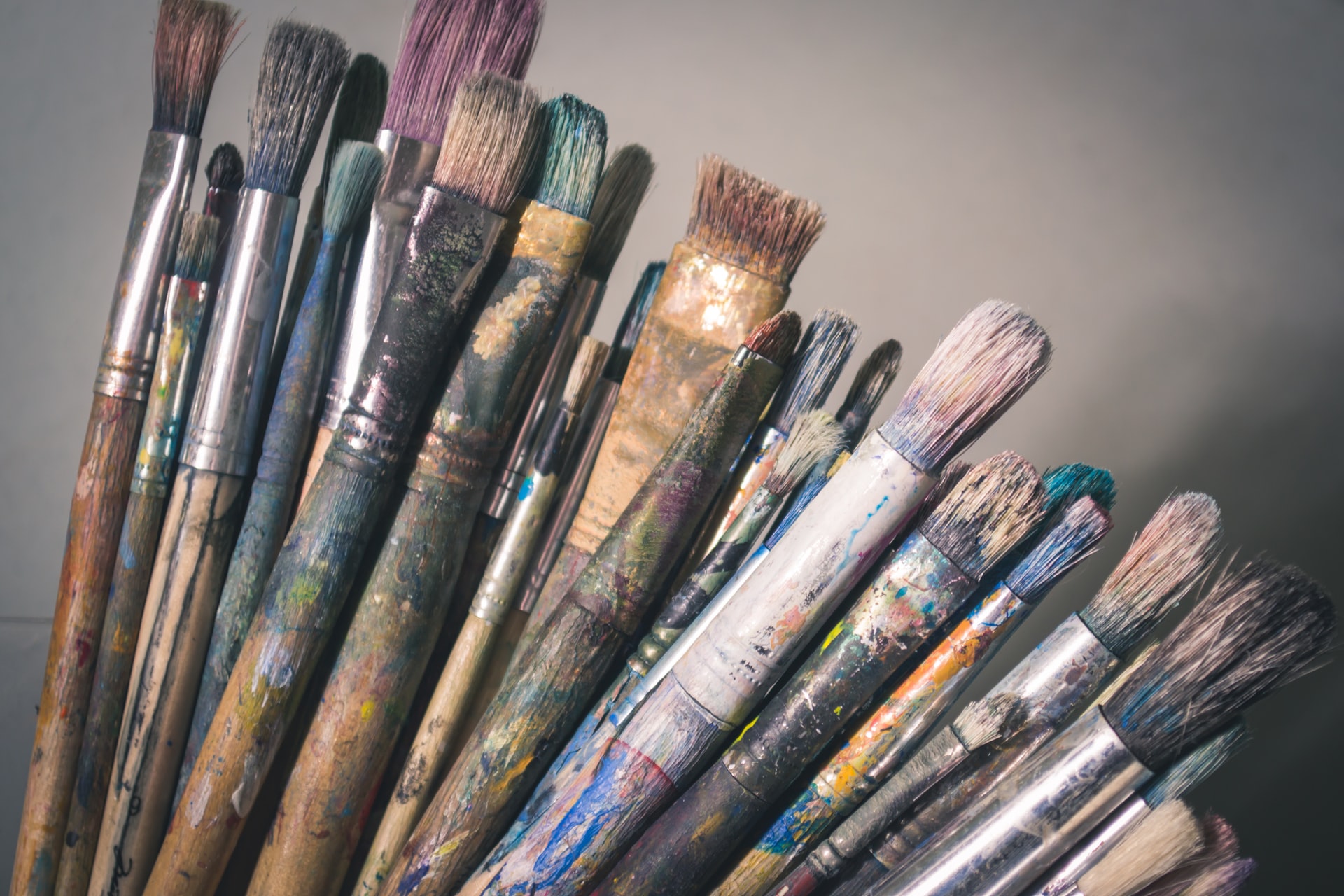Abstract
Culture is to be lived and to be learned. The connotation of cultural symbols is negotiated and learned within a culture (Sturken & Cartwright, 2004). When we are part of the dominant culture using another’s cultural objects, we may not know the context of that object, which may lead to cultural appropriation. In this paper, I review appropriation through three different domains: appropriation in art, appropriation in media and technology, and appropriation in cultural studies. I specifically chose to use denotation and connotation as the means to analyze interview text and visual data because these two coding systems are able to draw the cultural meanings embedded in the texts beyond the surface level of understanding.
Findings can be categorized into three threads: 1) cultural appropriation in virtual worlds, 2) caring about cultural appropriation, and 3) solutions to cultural appropriation in virtual worlds. This research suggests that cultural exchange and mutual respect are the solutions to cultural appropriation in virtual worlds. Visual literacy will help virtual world residents learn how to read, see, decode, and create virtual imagery.
How to Cite:
Han, S., (2018) “From Cultural Tolerance to Mutual Cultural Respect: An Asian Artist’s Perspective on Virtual World Cultural Appropriation”, Journal of Cultural Research in Art Education 35(1), 93-112. doi: https://doi.org/10.2458/jcrae.4865
Downloads:
Download PDF
View PDF
1242 Views
246 Downloads

